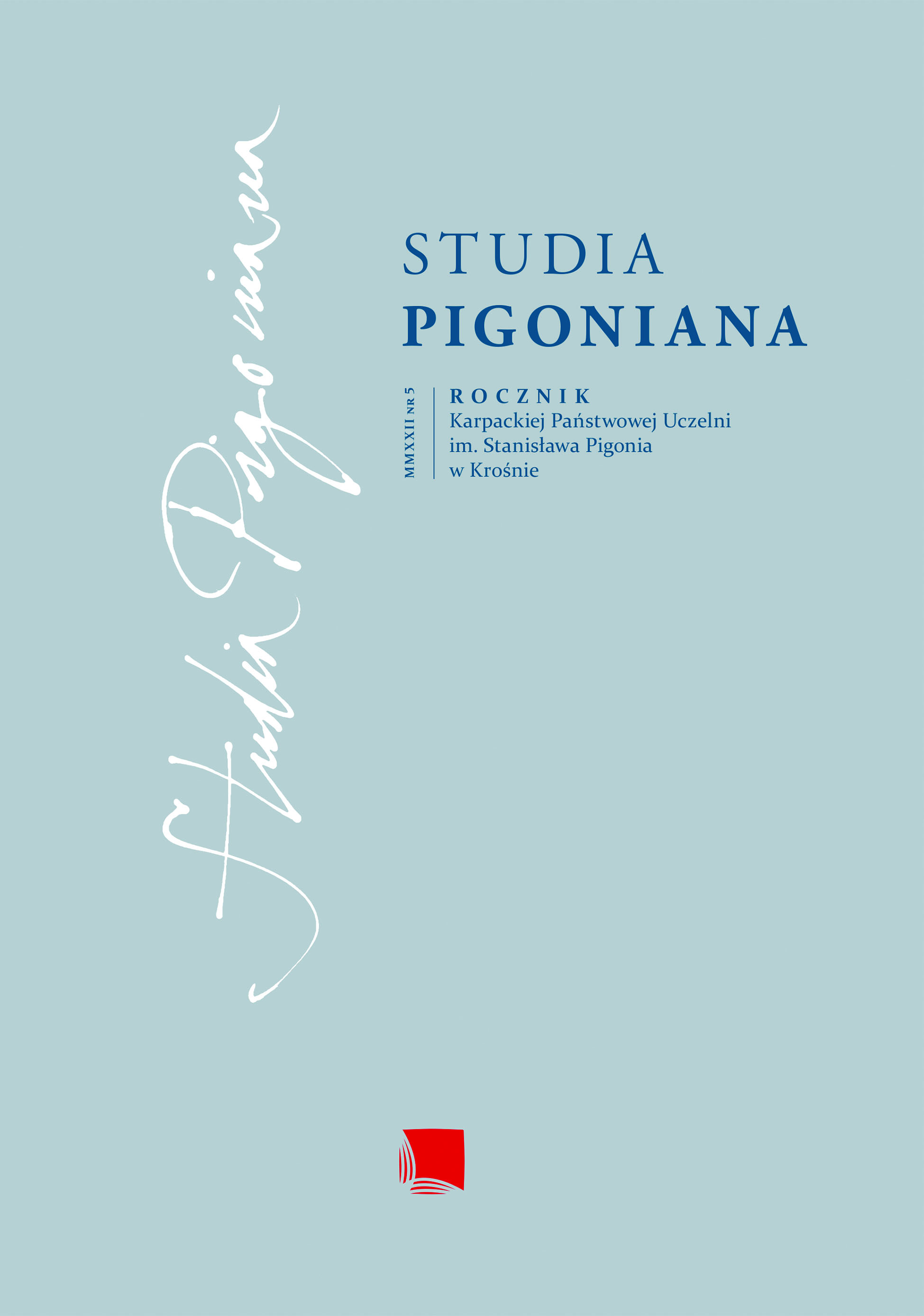Michaiła Bułhakowa droga do filmu
Mikhail Bulgakov’s Road to Film
Author(s): Igor PrzebindaSubject(s): Language and Literature Studies, Literary Texts, Studies of Literature
Published by: Wydawnictwo Naukowe PIGONIANUM
Keywords: Bulgakov; The White Guard; Turbine Days; The Master and Margarita; Bulgakov filmmaking; Bulgakov screenplays; Bulgakov adaptations
Summary/Abstract: This article attempts to sketch a picture of Mikhail Bulgakov’s literary works (prose and drama), together with their historical and political background, as a prelude to his own adventure with film and the later, already posthumous, screen adaptations of his works – led by The Master and Margarita. Viewed in this way, Bulgakov’s transition from prose (The White Guard) to drama (Turbine Days) may appear to be only the first step towards his adventure with film. It seems that the path from novel through drama to film is much easier than the direct path from novel to film. The theatrical contexts of Bulgakov’s works are outlined, as well as musical contexts, including opera and musicals. Bulgakov’s scripts for the screen adaptations of Gogol’s The Government Inspector and The Dead Souls, which were never made, are also briefly described. The role of the space of Kiev and Moscow is emphasized as well as two of the writer’s most significant mythical cities, along with Jerusalem, Rome and Paris. The article emphasizes the cinematic nature of Bulgakov’s works. In this film-theatrical context the research opinions of such authors as Konstantin Paustovsky, Andrzej Drawicz, Marietta Chudakova, Alexey Varlamov, Eugene Zamiatin, Miron Petrovsky, Alicja Helman and Joanna Wojnicka are recalled. The urban dimension of The Master and Margarita is outlined, as the apotheosis of the city and the achievements of civilization, which will also translate to later screen adaptations of this masterpiece.
Journal: Studia Pigoniana
- Issue Year: 5/2022
- Issue No: 5
- Page Range: 43-60
- Page Count: 18
- Language: English, Polish

